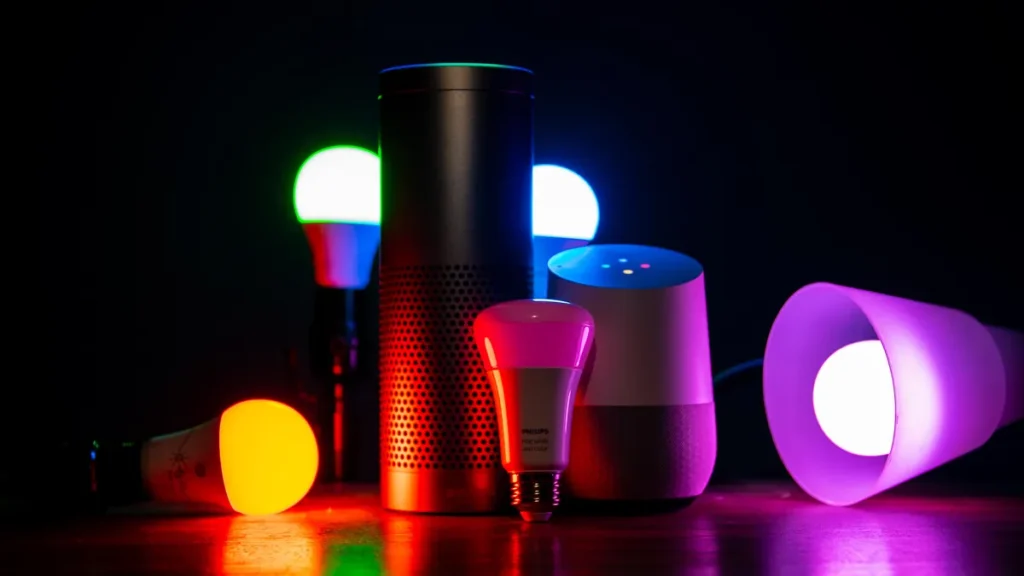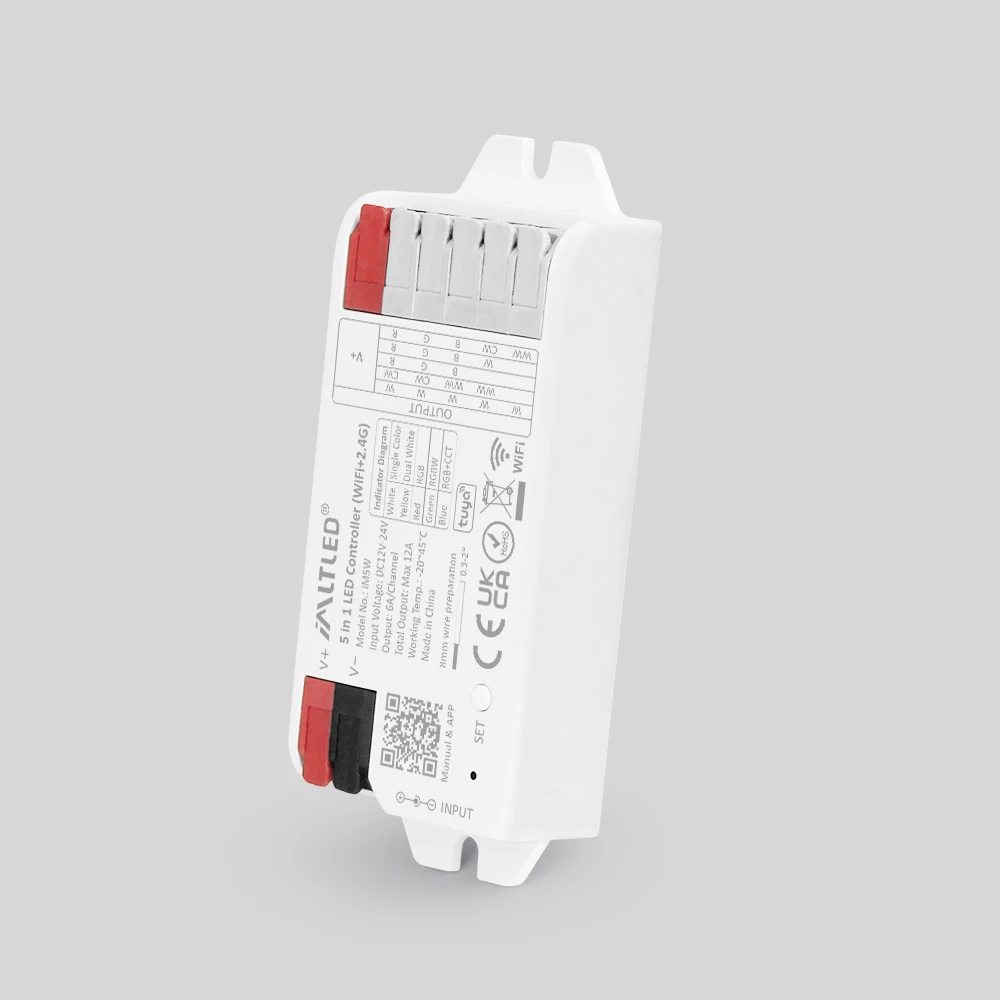In the modern era of technological advancement, LED lighting has emerged as a dominant force in illumination solutions across various applications. From residential spaces to commercial setups and even expansive stadiums,LED technology is lauded for its energy efficiency, longevity, and versatility. However, a crucial component that underpins the seamless operation of LED systems is the LED controller. In this article, we will delve into the intricacies of LED controllers, exploring their significance, functionality, types, and the considerations for choosing the right controller for specific applications.
What is an LED Controller?
An LED controller is an electronic device that manages the operation of LED lighting systems. It acts as the brain behind the LED fixtures, enabling users to manipulate and adjust the lighting according to their needs. LED controllers facilitate control over various aspects of lighting, including brightness, color, and animation effects. They are integral to both standalone LED installations and those integrated into larger lighting systems, such as architectural lighting, theatrical lighting, and smart home environments.
Core Functions of LED Controllers
- Brightness Control: One of the primary functions of an LED controller is to regulate the brightness of LED lights. This function is vital for creating ambiance in residential and commercial settings. By adjusting the intensity of light, users can achieve the desired mood or functionality in a space.
- Color Control: In RGB (Red, Green, Blue) LED systems, controllers allow users to mix colors and create an extensive palette of hues. By adjusting the intensity of each color channel, users can obtain custom colors or transitions, enhancing the aesthetic appeal of any environment.
- Dynamic Effects: Many LED controllers come with the capability of programmed dynamic effects, such as fading, flashing, and strobe effects. These features are particularly popular in entertainment venues, gaming setups, and events, where captivating lighting effects are essential.
- Scheduling and Automation: Advanced LED controllers can interface with smart home systems, offering scheduling and automation features. This means users can set specific times for lights to turn on or off or to transition through various colors and brightness levels without manual intervention.
- Multiple Zone Control: For larger spaces, LED controllers often allow for multiple zone management wherein different sections of a venue can be illuminated independently. This flexibility is ideal for spaces that require varied lighting environments, such as restaurants, galleries, and stage productions.
Types of LED Controllers
While LED controllers can vary widely in terms of features and applications, they can generally be categorized into two main types: Analog and Digital controllers.
1. Analog Controllers
Analog LED controllers are simpler devices that typically use a standard electrical signal to control LED brightness. They are often utilized in less complex lighting systems, utilizing dimming techniques such as Pulse Width Modulation (PWM) to manage brightness without compromising the quality of light emitted. These controllers are straightforward in function and typically more cost-effective, making them suitable for basic LED applications.
2. Digital Controllers
Digital LED controllers, on the other hand, are more complex and feature-rich devices capable of managing multiple fixtures, color settings, and programmable scenes. They utilize digital communication protocols (such as DMX512, DALI, or Art-Net) to interface with LED fixtures, enabling sophisticated controls like color mixing, effects programming, and dynamic control capabilities. As a result, digital controllers are often preferred in scenarios where elaborate lighting displays or precise control is needed, such as in theaters, stage lighting, and large commercial installations.
Factors to Consider When Choosing an LED Controller
When selecting an LED controller, several critical factors should be taken into account:
- Compatibility with LED Fixtures: Ensure the controller is compatible with the specific LED fixtures you intend to use. This includes verifying that it supports the required communication protocol and can handle the voltage and amp ratings of your LEDs.
- Required Features: Assess your specific lighting needs. If you require simple on-off functionality, a basic analog controller may suffice. However, for more elaborate installations that require color mixing and dynamic effects, investing in a digital controller may be wise.
- Scalability: Consider the future growth of your lighting system. Opt for controllers that allow for easy expansion, enabling you to integrate more fixtures or zones without needing to replace existing equipment.
- User Interface and Control Options: Evaluate the user interface (whether physical or app-based) to ensure that it is intuitive and meets your comfort level with technology. The ability to control your LED system through a smartphone app or with voice commands can enhance convenience and functionality.
- Budget: Last but not least, consider your budget. While it’s essential to invest in a quality controller that meets your needs, it’s equally important to ensure that it aligns with your financial situation. Sometimes, a more expensive controller may provide long-term savings through energy efficiency and versatility.
Conclusion
LED controllers play a pivotal role in managing and enhancing the functionality of LED lighting systems, from basic residential setups to complex commercial applications. They empower users to optimize their lighting experience, allowing for adjustments in brightness, color, and dynamic effects to suit various environments and needs.
Understanding the fundamental characteristics, types, and selection criteria of LED controllers can significantly benefit anyone looking to implement or upgrade an LED lighting system. As technology continues to evolve, the capabilities and features of LED controllers will undoubtedly expand, offering even more exciting possibilities in the realm of illumination. With the right controller, the potential to transform any space through innovative lighting designs becomes an attainable reality.

